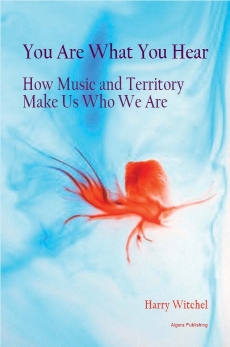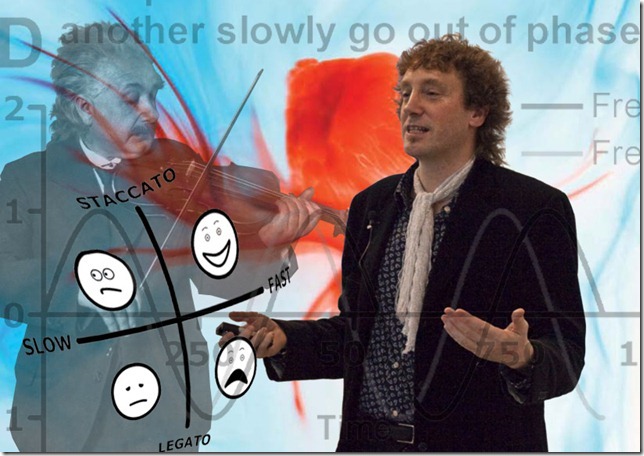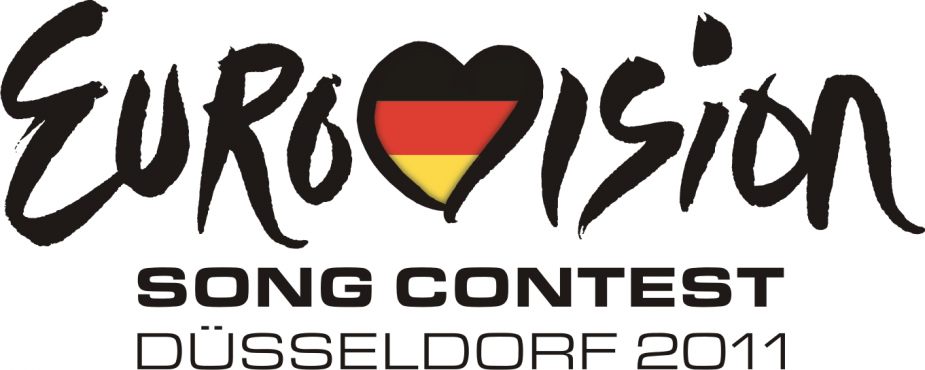Why is music in all cultures and all parts of the world? What purpose does music serve? And if we need it, what does it do to us? You Are What You Hear provides the answers to all these questions with the most up-to-date science and humorous anecdotes from the history of pop culture, revealing why music makes us feel so good — or why the wrong music makes us feel so bad.
But this book goes further. Dr Witchel, who researches music, pleasure and the brain, suggests that we evolved music for the same reason as birds and gibbons. We use music to establish social territory. In this way, music can influence what you think, what you decide to buy, and even how smart you are. Music stirs such powerful emotions in us because territory is not a place — it is a state of mind.
The book explores, in a way never previously done, the human relationship with music and how music makes us who we are. It is a fast and engaging read where each chapter teases apart a simple but deep enigma.
- Why do we listen to music?
- Why does music make sex better?
- Why do some people love Beethoven and others rap music?
- Is musical taste 100% nurture, or is there a role for nature?
- Why do aggressive young men blare out booming music from their cars?
- Why do people listen to sad music?
- Does listening to violent music make you violent?
- Does listening to Mozart make you smarter or just happier?
- Can learning music enhance your brain?
- Can music secretly influence what we decide to buy in shops?
- Can music cure?
- The Power of Music
|





